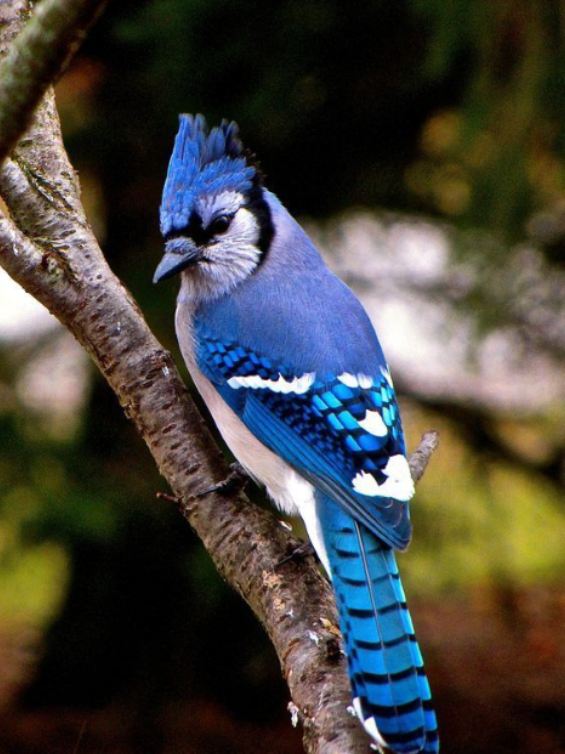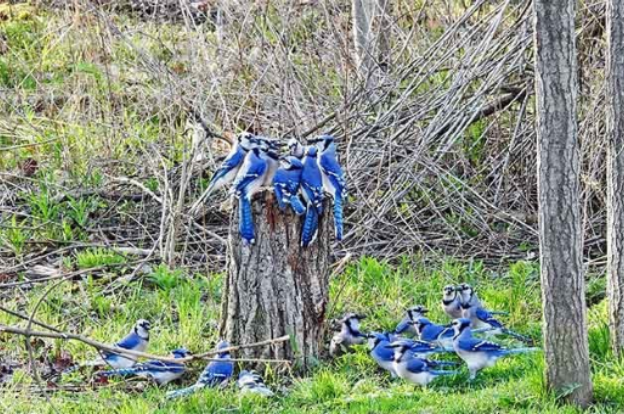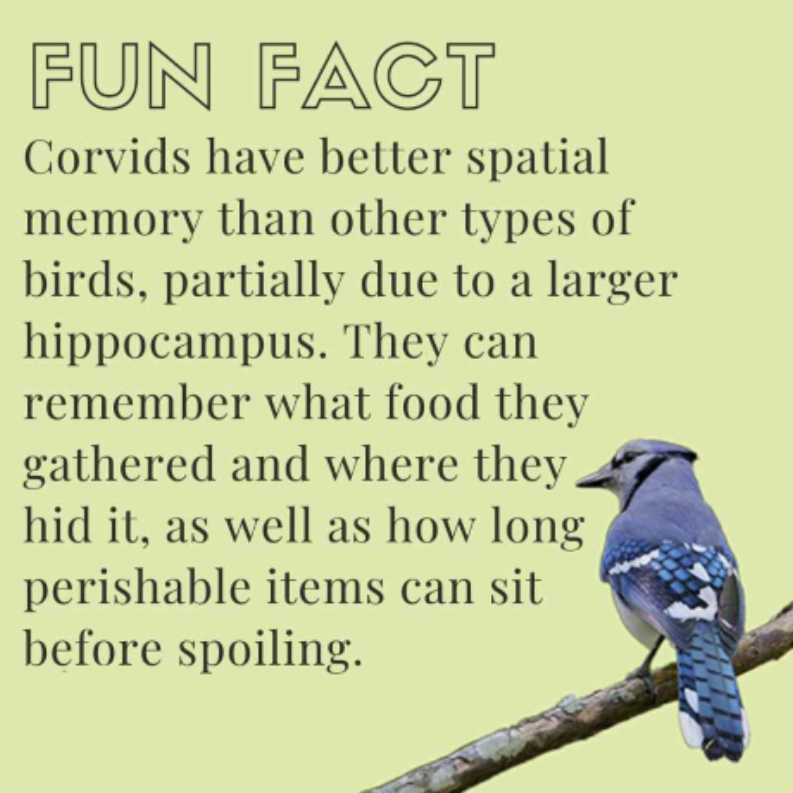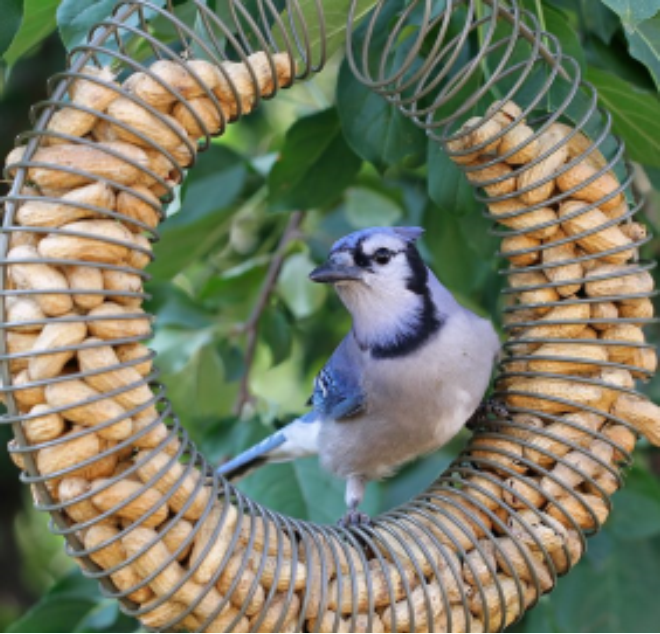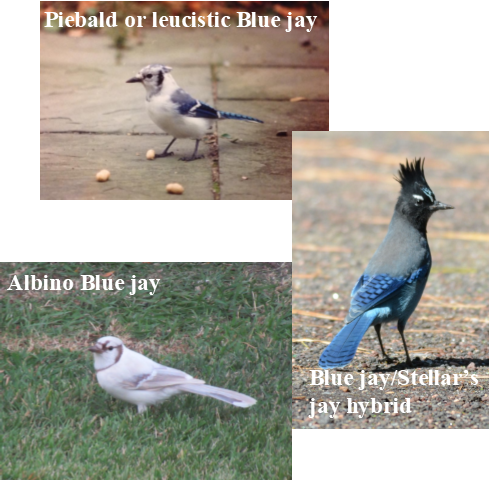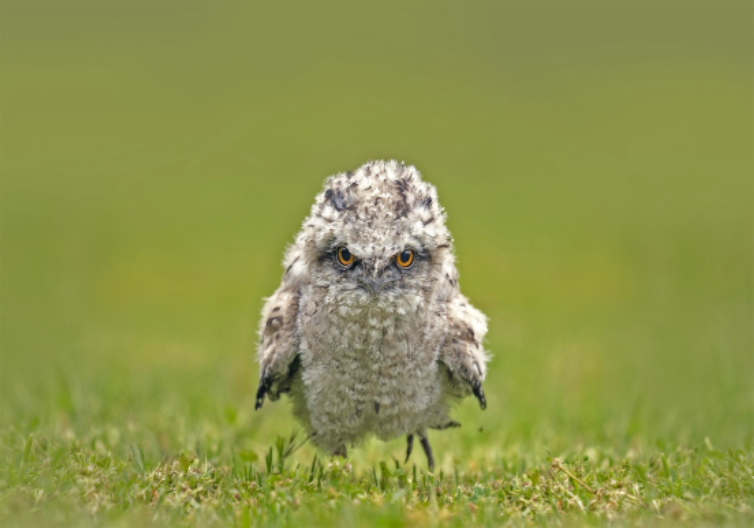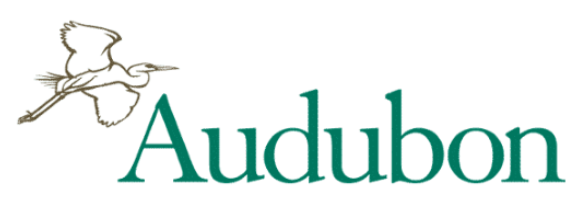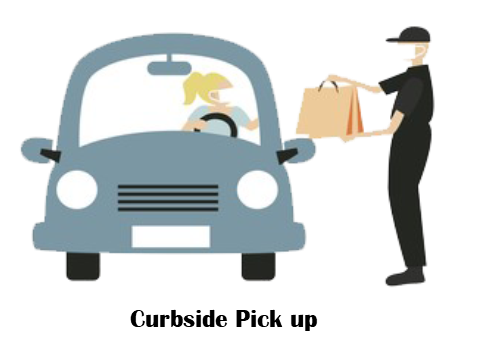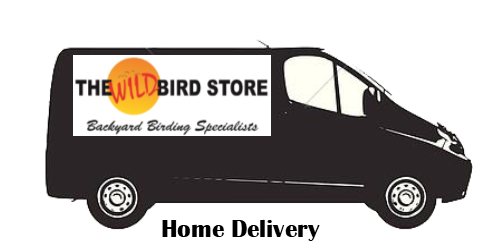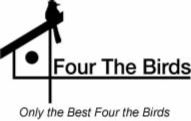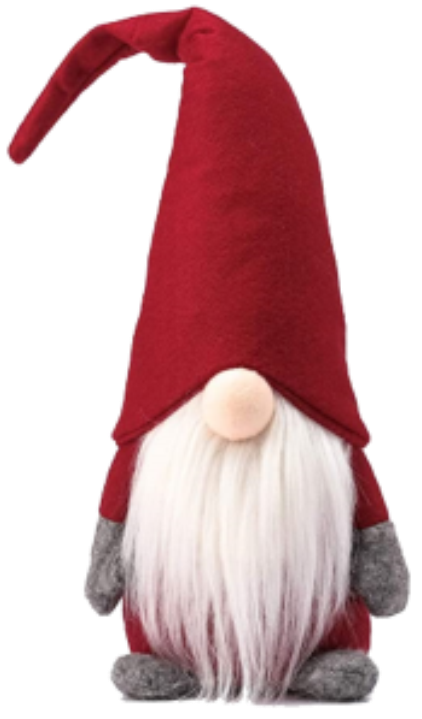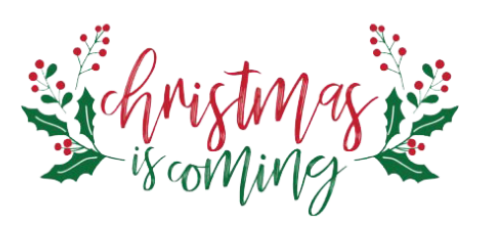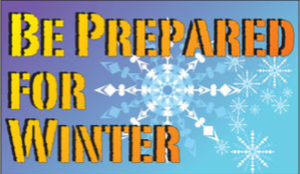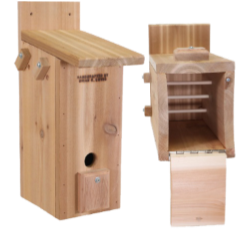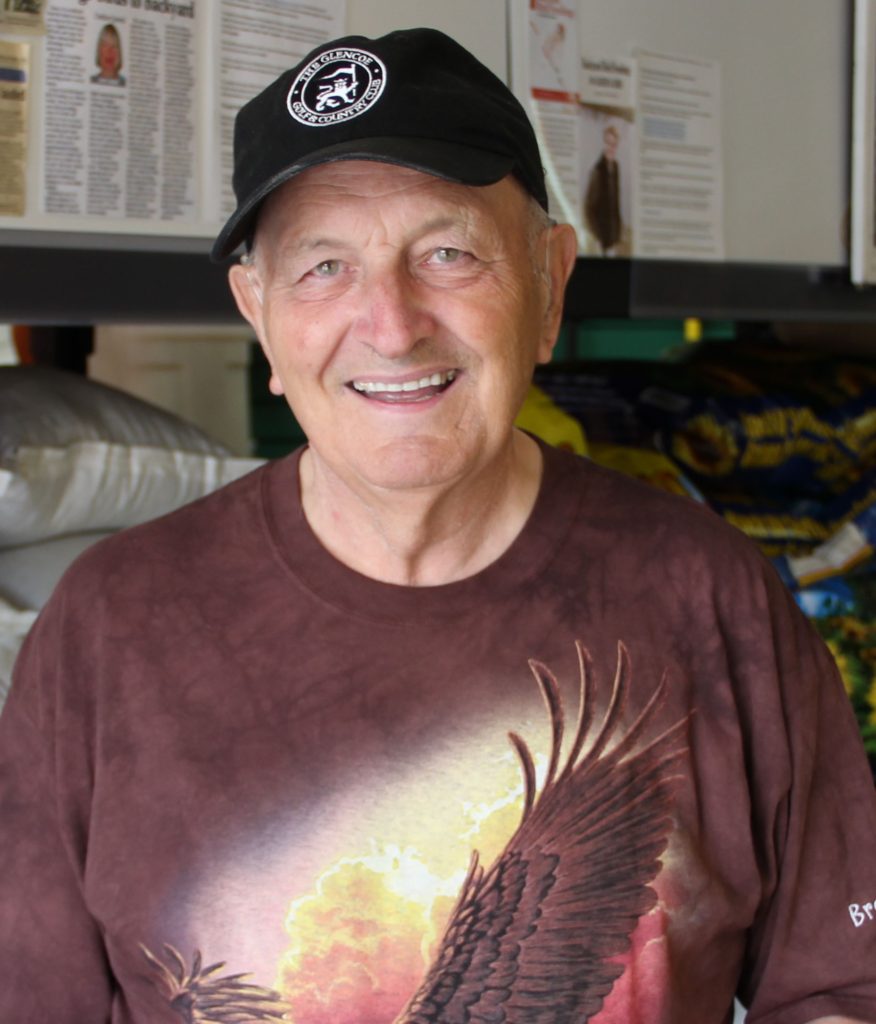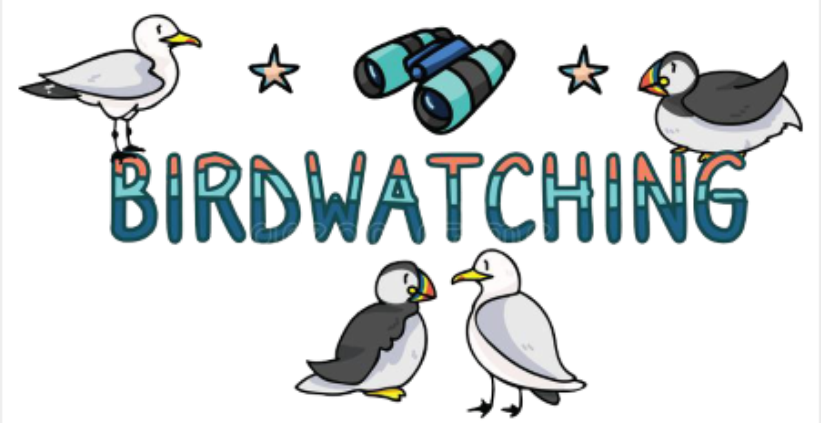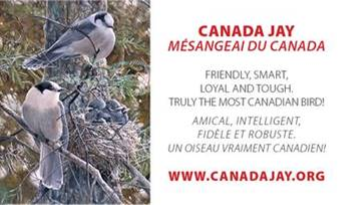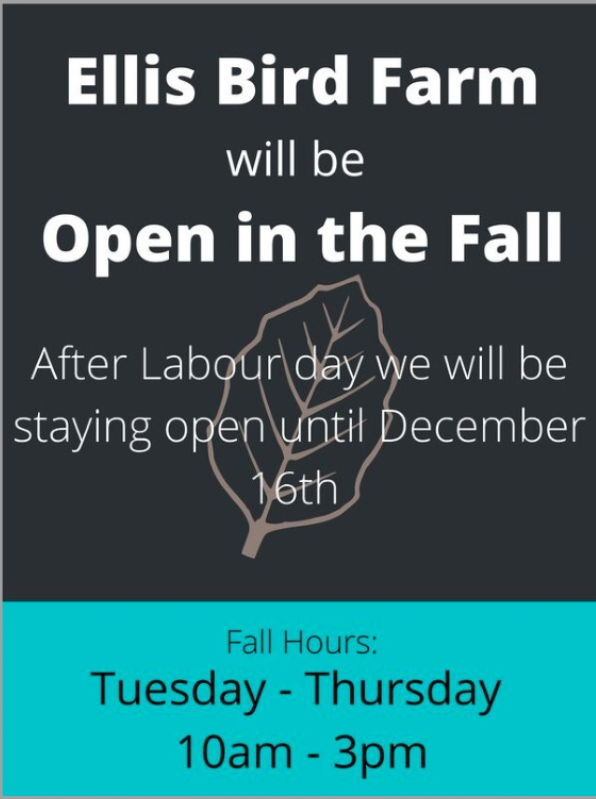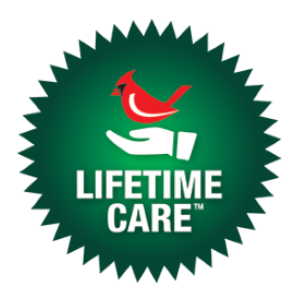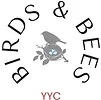LINK TO PDF NEWSLETTER DOWNLOAD
Blue jays are known for their intelligence and complex social systems with tight family bonds. Their fondness for acorns is credited with helping spread oak trees after the last glacial period.
The Blue jay frequently mimics the calls of Hawks, especially the Red-shouldered hawk. These calls may provide information to other Jays that a Hawk is around, or may be used to deceive other species into believing a Hawk is present.
Blue jays lower their crests when they are feeding peacefully with family and flock members or tending to nestlings.
The black bridle across the face, nape, and throat varies extensively and may help Blue jays recognize one another.
The pigment in Blue jay feathers is melanin, which is brown. The blue color is caused by scattering light through modified cells on the surface of the feather barbs. (See Below)
For more fun facts about Blue jays go to youtube.com and enter 10 Fun Facts About Blue jays | Noisy, Beautiful, Interesting
Do Blue jays Migrate?
Blue jays are the only migratory jays in North America, but they are still typically considered year-round residents. Not all of them migrate, and others move in when migrants leave. Some migrate one year and not the next one. When and why some Blue jays migrate and others don’t have left researchers mystified for decades. The Blue jays that do migrate travel in large groups—sometimes by the hundreds—from one spot to another.
When you take the sky and the ocean out of the equation, blue is surprisingly rare in nature.
Blue jays for example, only appear blue due to the structure of their feathers, which distort the reflection of light.
We see bright flashed of blue in their feathers due to a trick called “scattering” which is similar to how a prism works. Blue jay wings contain small air pockets that match the wavelength of blue light. When light hits the feathers, all colours pass through them except for blue, which is reflected.
If you were to take a Blue jay feather and grind it up or place it on a white, lit surface, it would look brown. You won’t find any blue in a ground-up Peacock feather either.
To attract Blue jays, you can’t go wrong with peanuts, either in or out of the shell. Some people put them out on a tray feeder, though this will make them easy pickings for squirrels. You can invest in a feeder made just for peanuts like the one pictured on the left (available at The Wild Bird Store.) However this peanut feeder will attract Magpies which are also a part of the Corvid family. If you’ve ever attempted to grab a big handful of potato chips, you’ll laugh when you watch Jays try to do the same with peanuts. Discarding those that don’t fit, they stuff as many as possible into their throat pouch and bill. Blue jays are enthusiastic peanut eaters— and stashers, caching their treasures under tree bark, in crevices or beside rocks to retrieve later.
In addition to nuts and seeds, they may eat fruits, insects and frogs.
Birders can also attract Blue jays with birdbaths.
The most Instagrammable bird?
Why did German researchers set out to determine the world’s most Instagrammable bird? We’re not quite sure, but once they did, we had to know what it was. And once we saw this cute, fuzzy, kind of angry looking creature that reminds us of an owl, we had to feature it here. So, who is this we’re looking at? It’s a tawny frogmouth, a nocturnal bird found throughout Australia, including Tasmania. Tawny frogmouths are carnivores, eating nocturnal insects, worms, slugs, and snails, as well as small mammals, reptiles, frogs, and birds. Sometimes confused with owls, they’re more closely related to nightjars.
The study, conducted by Katja Thömmes and Gregor Hayn-Leichsenring at the University Hospital Jena in Germany, analyzed Instagram posts from bird-related accounts and determined that people responded to tawny frogmouths’ unusual looks and amusing expressions. Who are we to argue with science?
Feeding Birds Could Get Pricey This Year
One big reason: Areas that grow the grains and seeds in bird food mixes are among those hardest hit by the drought parching half the country. Experts anticipate significantly diminished harvests of bird-feeding staples sunflower, safflower, and millet this fall. Combined with other factors like high shipping costs and rising demand as birding grows in popularity, the severe, persistent drought could force households to reassess their bird-feeding budgets.
North Dakota, the top sunflower producing state in 2020—is set to take a 40 to 50 percent blow to crop production. Experts say sunflower seeds attract a greater variety of birds than other foods, making the crop a staple of many seed mixtures. Bird feeding represents about half of the market for sunflower growers.
Sunflowers have deep taproots that can usually find some water even when the ground is dry, making them drought-resistant—but only up to a point. Drought conditions we are seeing now have not been seen in the High Plains since the 1930s.
Adding to the drought problem, there was also less acreage to begin with. Farmers planted about one-quarter fewer acres in sunflowers this year than last, instead sowing more soybeans and other commodities that had higher prices at planting time.
Supplies will be tight, especially for oil seed sunflower, and as a result the price of a bag of sunflower seeds will go up. Bird feed mixes, too, will almost certainly be more expensive than usual and you might see less sunflower than you normally would in those blends.
The drought will no doubt hurt the harvest of other major ingredients in bird seed mixes such as safflower and millet.
At the Wild Bird Store we are dedicated to supplying our customers with the products they require and will endeavour to keep prices under control. We have been purchasing as much seed and product as we can from our suppliers and have even taken on more warehouse space in order to stay ahead of upcoming price increases. You can expect that eventually prices will have to rise as we diminish current stocks.
Thank you for your continued patronage—we appreciate your support during these challenging times.
Kris and Dave
We offer a discount if you return your seed bags (sorry—not the Mother Nature bags which we cannot re-use), suet ball containers, if you bring your own container to fill or use a bag from our re-cycle bin. This discount is in addition to any other discount offered.
Write a Google review on your experience at The Wild Bird Store, and as a thank you, we will give you 100 customer loyalty points ($5.00 value). To get a promo code, kindly email info@wildbirdstore.ca
(one Google review per customer)
Earn 200 customer loyalty points ($10.00 value) by referring a friend, acquaintance or fellow birder.
Please visit the store to get a promo code.
No need for a card, just give your phone number. You earn $1.00 for every $20.00 spent (excludes “sales” items, books & optics) and can be used in-store and on Mobile Seed Truck. As a loyalty member our monthly promotions and in-store “specials” are automatically given at the cash register.
Combining our Seniors 10% discount with the Loyalty Program. (Excludes “sales” items, books & optics).
Discount for membership 10% discount for members of Fish Creek Park, AIWC, Priddis Golf Club, Nature Calgary, Sandy Cross Conservation, Springbank Garden Club and Millarville Horticultural Society. Must present valid membership card at time of purchase.
Options for shopping at the Wild Bird Store
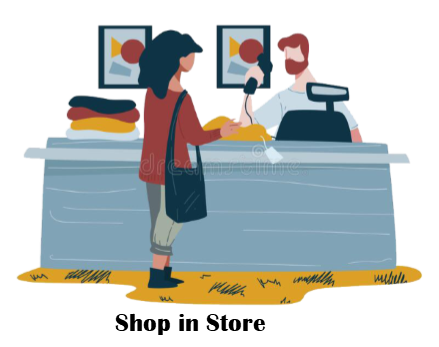
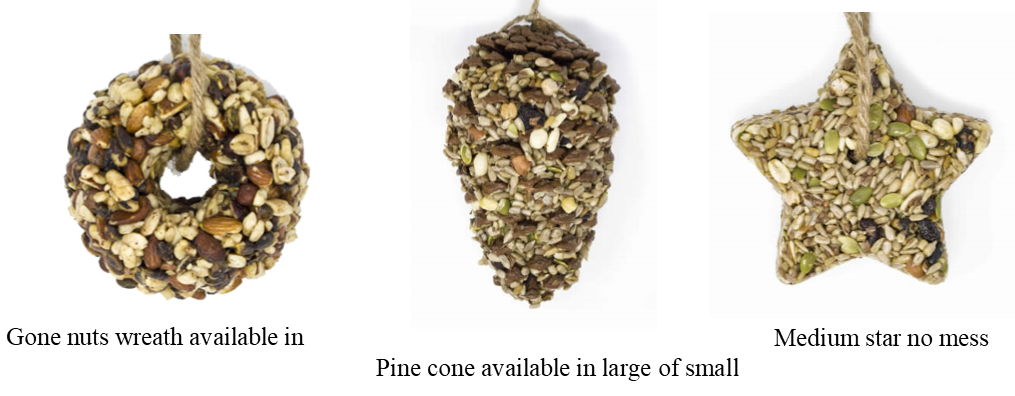
Once again this year, the Wild Bird Store is pleased to offer these crafted wild bird seed/nuts hanging treats for your backyard birds. Prices range from $9.99 to $29.99 + gst. We have limited quantities available so we suggest you shop early to avoid disappointment.
We regret we will not be able to re-order once supply is gone.
When you wake up to a winter day of freezing cold you will wish you were more prepared. Having a back-up feeder clean and filled will save you trekking out to get your empty feeder, returning to clean and fill it and then trekking back out to hang it back up. And the bonus is—it doesn’t have to be an expensive feeder! It can be used only on those days when you want to spend as little time outdoors as possible, but you want your backyard birds to have the needed food supply to keep warm and healthy.
And here’s another tip: The bird nesting box you had up during the nesting season should be cleaned and a layer of soft and clean material added so the birds have a place to huddle together inside to avoid those chilly nights of winter. Or even better, you can purchase a “roost” roost/nest box which allows more birds (even of different species of songbirds) to huddle together during the night.

All participants on any bird walk must have purchased a ticket through Eventbrite.ca and present the ticket to Jim prior to the bird walk.
The weather plays a big part in bird walks and Jim reminds participants to dress anticipating weather changes and to carry water to keep hydrated.
Saturday, November 13, 2021 WEASELHEAD NATURAL AREA
(9:00am meet at Weaselhead Natural Area—37th Street S.W.)
Ticket price: $6.00 +GST + fees
Tickets must be purchased through Eventbrite.ca—2020/2021 WBS bird walks
PLEASE NOTE: Proof of vaccinations must be presented prior to any bird walk.
Face masks must be worn at all times during the walks
Saturday, November 27, 2021 Bebo Grove
(9:00am meet in parking lot south end of 24th Street S.W.)
Ticket price: $6.00 +GST +fees
Tickets must be purchased through Eventbrite.ca—2020/2021 WBS bird walks
PLEASE NOTE: Proof of vaccinations must be provided prior to any bird walk
Face masks must be worn at all times during the walks
Saturday, December 11, 2021 CARBURN PARK
(9:00am meet at Carburn Park parking lot Riverview Drive S.E.)
Ticket price; $6.00 +GST +fees
Tickets must be purchased through Eventbrite.ca—2020/2021 WBS bird walks
PLEASE NOTE: Proof of vaccinations must be presented prior to any bird walk.
Face masks must be worn at all times during the walks
2022
Saturday, January 8, 2022 INGLEWOOD BIRD SANCTUARY
(9:00am meet at Inglewood Sanctuary 9th Avenue S.E.)
Ticket price: $6.00 +GST +fees
Tickets must be purchased through Eventbrite.ca—2022 WBS bird walks
PLEASE NOTE: Proof of vaccinations must be presented prior to any bird walk.
Face masks must be worn at all times during the walks
Saturday, January 22, 2022 SNOWY OWL PROWL
(9:00am meet at the back of The Wild Bird Store)
This is an all day trip until about 3:30pm. Please bring your own lunch.
Maximum of 8 participants. Driving—remember to fill your gas tank
Ticket price: $6.00 +GST +fees
Tickets must be purchased through Eventbrite.ca—2022 WBS bird walks
PLEASE NOTE: Proof of vaccinations must be presented prior to any bird walk.
Face masks must be worn at all times during the walks
Saturday, February 5, 2022 PEARCE ESTATES
(9:00am meet at Fish Hatchery—1440 17A Street S.E.)
Ticket price: $6.00 +GST +fees
Tickets must be purchased through Eventbrite.ca—2022 WBS bird walks
PLEASE NOTE: Proof of Covid vaccinations must be presented prior to any bird walk.
Face masks must be worn at all times during the walks.
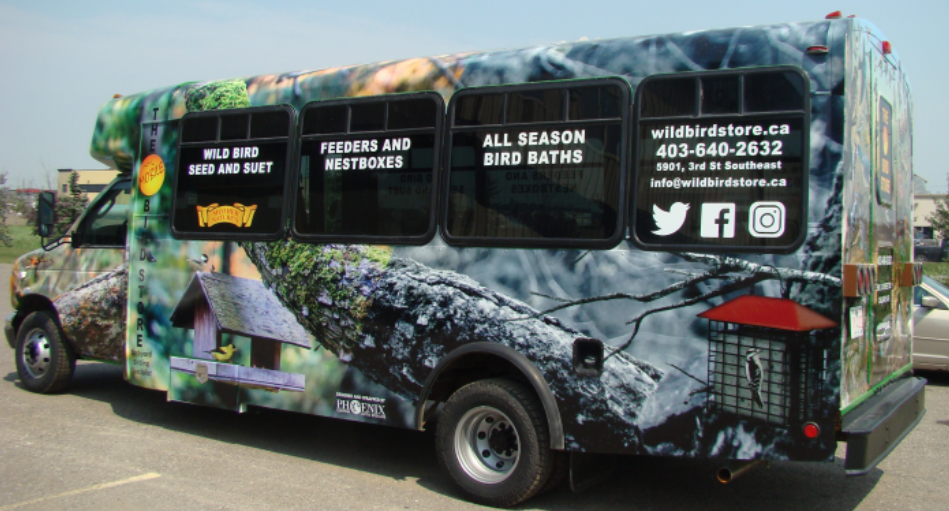
Crowfoot YMCA/Arena
(corner of John Laurie Blvd. & Nosehill Drive NW)
Every Wednesday 2:00pm to 5:30pm
Text us @ (403) 701-4571 or email us at orders@wildbirdstore.ca so we can put your order aside.
Earn and redeem customer loyalty points on
The Bird Seed Truck


DELIVERY: Deliveries will still be made on Thursdays ONLY. Please phone the store at (403) 640-2632 any day prior to 12:00 noon on the Wednesday before your delivery; place and pay for your delivery. Please phone with your order as early as possible to avoid disappointment. If you have any special instructions please do not forget to inform us when you place your order.
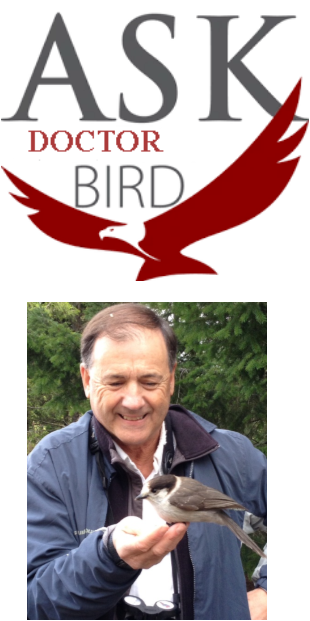
Question: What causes leucism in birds and is it a permanent condition?
Answer: : This is a rather complex and sometimes confusing subject if only because opinions vary on the terminology, e.g. albinism versus leucism, and on the causes to. It also has to do with the production of melanin. If one is a purist, then albino birds are those completely devoid of any pigment, not just the plumage, but also the eyes and soft parts, e.g. legs and feet. That pink colour is caused by blood vessels under the skin and in the eyeball. Leucism, on the other hand, is a variation on albinism in that it is an abnormal plumage condition caused not by genetic mutation but instead by defects in pigment cells during the bird’s development, which prevents a darkening pigment known as melanin, from being deposited in the bird’s feathers during their growth. Sometimes this can cause patches of white here and there (partial leucism), an overall pale or bleached colouring, or even plain white overall (full leucism). Because the development of the eyes and the feathers are independent of one another, it is possible to have white or partially white plumage but normally coloured eyes. Is it permanent? Likely yes, because those defects in the pigment cells do not go away. But white feathers can occur in another manner besides leucism. If a bird loses a flight feather or two, or more frequently a whole tail, in a close encounter with a predator, the new feathers can immediately grow in white. During the next regular molt though, the new feathers usually grow back in with their normal colour. Sometimes in an aging bird, one can see white patches too, but this is likely a more permanent change. Whether caused by albinism, leucism, age or a predator, having whitened feathers is not a good thing. It makes the bird stand out to predators, it may harm their chances for getting a mate, the white reflects the sun’s rays to make it harder to sunbathe, and the lack of melanin makes the feathers more subject to wear. All of these can make it more difficult for the bird to survive through the year, let alone pass on genes to the next generation. And it is why we do not see many white or partially white birds regularly in a given population. But they sure can make a bird look strikingly attractive!
ABOUT DR. DAVID BIRD
David M. Bird is Emeritus Professor of Wildlife Biology and the former Director of the Avian Science and Conservation Centre at McGill University. As a past-president of the Society of Canadian Ornithologists, a former board member with Birds Canada, a Fellow of both the American Ornithological Society and the International Ornithological Union, he has received several awards for his conservation and public education efforts. Dr. Bird is a regular columnist on birds for Bird Watcher’s Digest and Canadian Wildlife magazines and is the author of several books and over 200 peer-reviewed scientific publications. He is the consultant editor for multiple editions of DK Canada’s Birds of Canada, Birds of Eastern Canada, Birds of Western Canada, and Pocket Birds of Canada. To know more about him, visit www.askprofessorbird.com or email david.bird@mcgill.ca.
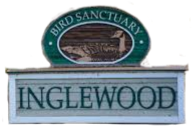
The City of Calgary is currently working on the creation of a new regional park in Inglewood, incorporating the Sanctuary.
The finished regional park will be called Bend in the Bow. It will include the Inglewood Bird Sanctuary, the Inglewood Wildlands, Pierce Estate Park, River Passage Park (including Harvie Passage) and the open spaces between these areas to create a large green space for the enjoyment of all Calgarians.
Since 1992, Rocky Mountain Eagle Research Foundation (RMERF) volunteers have performed annual raptor migration counts at the same site location in the Kananaskis Country, Alberta, spring and fall; significantly providing data to the understanding of and amazement in watching Golden Eagles.
In the fall some Golden eagles are seen to return south in late August. The peak migration lasts from mid September until the beginning of November. Dwindling numbers are seen until early December.
Migrating Golden eagles roost on the ridges during the nights and some start moving soon after dawn. We have found over the years that, in good migrating weather, the movement tends to build up during the morning and reach a maximum in mid afternoon. Movement stops as it is getting dark and we often see the birds settling on the peaks.
We cannot predict when a big movement will take place. Very often, perfect migrating conditions at our observation sites produce few sightings because the flow may be blocked by poor conditions elsewhere. At other times our own bad weather is the cause.
We have found early October to be the best time of the year—beautiful, warm days and beautiful fall colours. However, come prepared for sudden changes.
For more information, please visit http://eaglewatch.ca
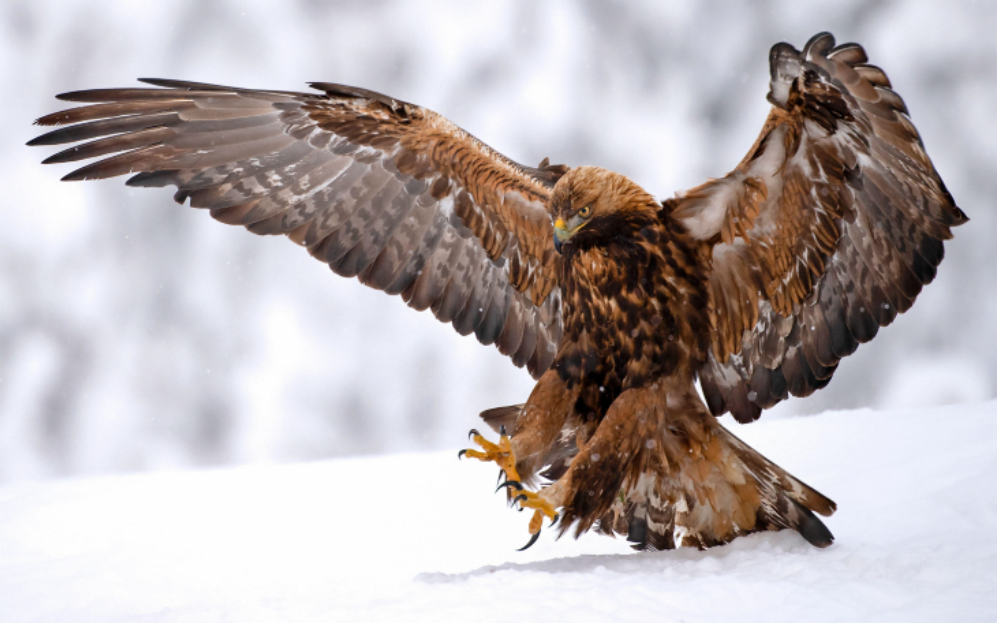

Calgary, AB T2H 1K3 CLOSED Sundays and ALL Statutory holidays for Faith, Family & Friends
Phone: (403)640-2632 Showroom is open with some restrictions. We still offer curbside pick up
Web: wildbirdstore.ca every day and delivery service on Thursdays
email: info@wildbirdstore.ca
FOLLOW US ON:
Facebook @thewildbirdstoreyyc
Twitter @wildbirdstoreyyc
Go to YouTube, type in the search bar “The Wild Bird Store” to watch our videos and to help us become more visible . Be sure to click on “Subscribe” before you leave the page.
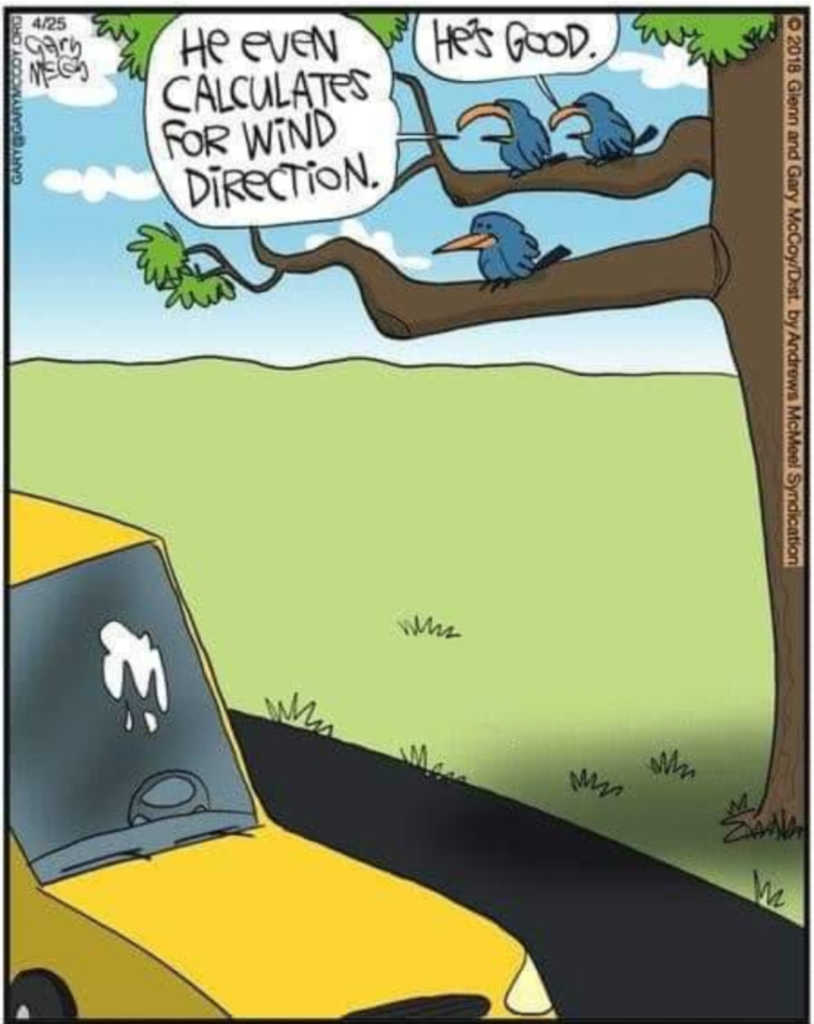
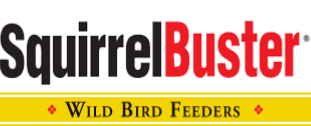
The Wild Bird Store is the warranty and repair depot for all Squirrel Buster® wild bird feeders. Doesn’t matter where you purchased your Squirrel Buster® feeder we will replace damaged or missing parts and make sure your feeder is in perfect working order.
Of course we appreciate your business and would be happy to sell you a replacement feeder, but in the case of Squirrel Buster® feeders this is not necessary. Furthermore we try to recycle and reuse products when ever we can.
So if you really want to replace your Squirrel Buster® we will be happy to sell you one but take your used feeder, refurbish it and place it on consignment. Brome® Squirrel Buster® wild bird feeders are one of the best bird feeders on the market, but they are pricey which prohibits some people from purchasing them. This is a great opportunity for you to repurpose your feeder and for another backyard birder to enjoy the product you have come to appreciate for many reasons.
